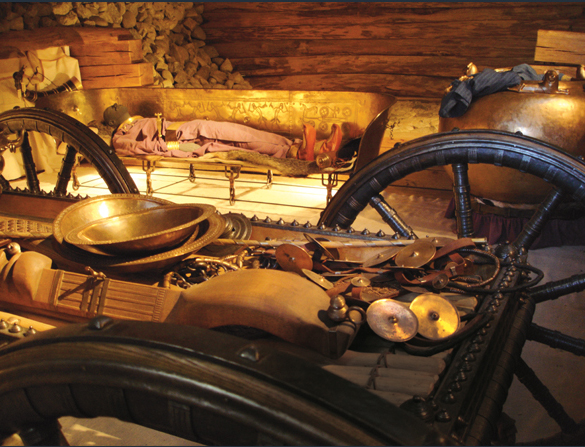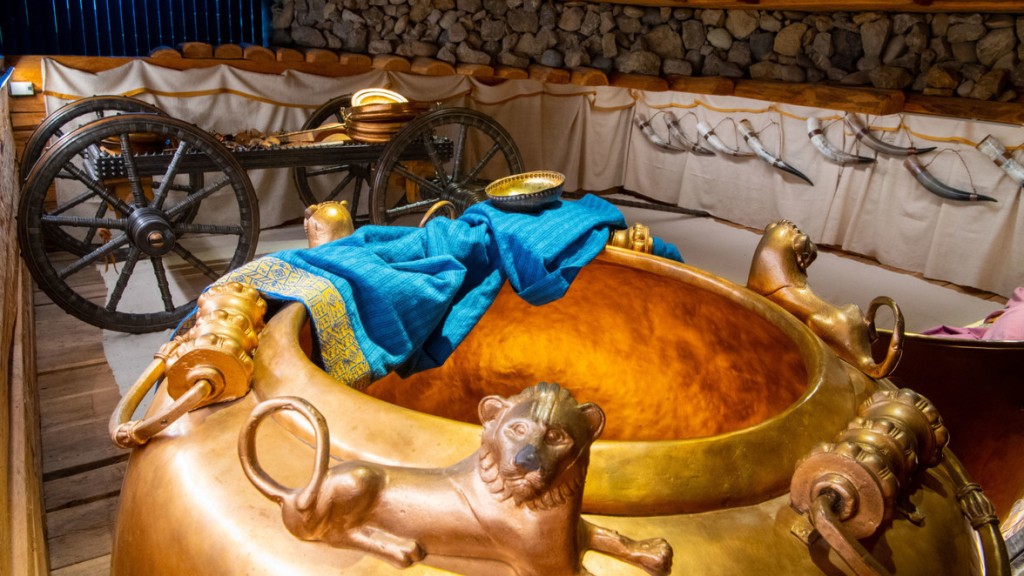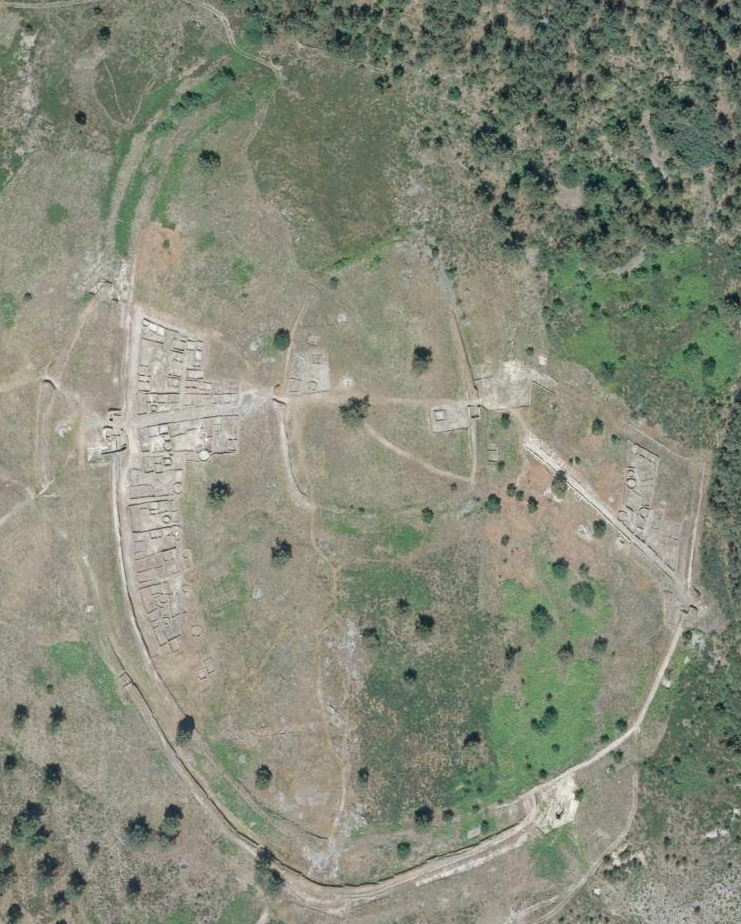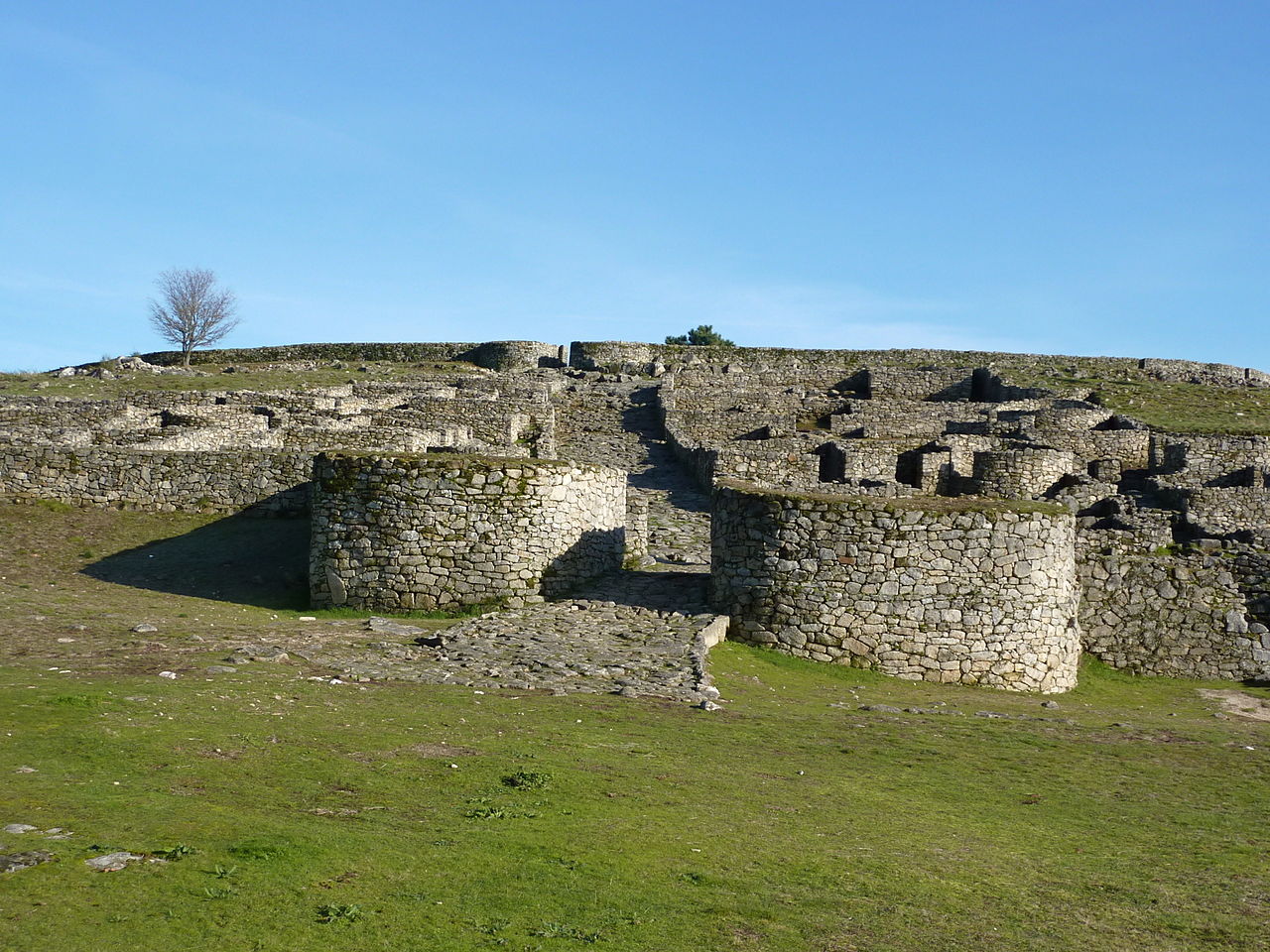Tags
Archaeology, Caesar, Celts, eques, Germans, Germany, Greece, Hercules, Limes, mercatores, oppidum, Rhine, Tacitus, Trade
An Exploration of Trade Along the Romano-German Frontier:
Part I: Introduction and Prehistory.
People who are in despair and unhappiness, carrying out hated tasks in a grudging spirit, do not take the trouble to raise magnificent monuments or make imposing dedications; they have not the heart for it. But a large portion of the Latin Corpus–-apart from the epitaphs–-is filled with the inscriptions of merchants who made votive offerings after successful voyages, gave splendid buildings to their native cities, and set up monuments to the emperor, sometimes as private individuals, sometimes as members of a guild or a corporation.”
M. P. Charlesworth, Trade-Routes and Commerce of the Roman Empire. 2nd Ed., Rev., New York: Cooper Square Publishers. 1970. xiv.
Even before her legions began marching northwards into the forests and fens of supposedly untrammeled Europe, Rome’s merchant men had visited beyond the Alps, perhaps as far as Scandinavia and Britannia. These merchants would play a significant role in exploring, contacting, and reporting on the northern barbarian tribes, their nature, and their lands. Well before the idea of conquest had arisen in the minds of Pompey, Caesar, and other ambitious men of the Roman elite, stalwart equites, corporate concerns, and other business interests, were spreading the currency of empire in the form of coin, wine, and other luxuries. Caesar made good use of these intrepid traders’ logistical skills and geographical knowledge during his invasions of Gaul and Britain, as we shall see. Similarly, Tacitus understood how this soft power could be used to undermine traditional tribal cultures.
But difficult questions remain about the merchants themselves, either unanswered or addressed only obscurely in the literary sources. Who are these merchants, these mercatores: are they Roman or aboriginal, or else a mixture of the two? What is their social status; how do they capitalize on their activities; and how far and by what means do they travel in order to deal in their wares? Moreover, what was the nature of their trade, and what routes did they take?
German and Celtic trade with foreign merchants, that is, with the so-called civilized world of the Mediterranean basin, surely predated the rise of a Roman power in northwestern Europe. As Roman scholar Olwen Brogan has noted, “The conception of an illimitable forest primeval stretching unbroken from the borders of the empire into the furthest recesses of barbarism is very far from the truth.” [1] The Celts, and to some extent the more northerly Germans, had been modifying their environment, building tracks and roads, cultivating land, fortifying oppida, and trading, both among themselves and with the outside world, for centuries before the Romans appeared upon the Rhine.
One important demonstration of the trade links that existed between the Classical Mediterranean Cultures and the European interior is provided by the Hochdorf grave site, a Hallstatt culture burial from the Early Iron Age, circa 530 BCE, near modern Eberdingen, part of the Black Forest state of Baden-Württemberg in southwestern Germany. The burial hord, likely that of a local chieftain, consists of, among other grave goods, a large iron-trimmed carriage or cart, likely to have been used in the burial ceremony, several drinking horns, and, tellingly, an oversized–500 liter capacity–Grecian cauldron of bronze. [2]

Das-Keltenmuseum, Hochdorf.

Hochdorf’s location, far distant from any Grecian ports, indicates that the connection from Western Greece extended deeply into the interior of the country. The size and the difficulty that transportation must have represented, together with the richness of the other grave goods, shows that there must have been significant wealth and/or political power on the Celtic side of the exchange as well.
The sheen of precious metals, the vibrant colors of the cloth, the magnificence of the wagon and the bronze cauldron speak vibrantly to the power and wealth of the chief who had been buried.”
(Price, Europe Before Rome: A Site-by-Site Tour of the Stone, Bronze, and Iron Ages, Oxford: OUP: 2013. 311).
The Hallstatt period was followed by the La Téne culture of the Late Iron Age of Europe, a culture that is also considered Celtic, though it was present in many areas that would later be dominated by tribes speaking Germanic languages. This period is distinguished for its large scale cooperative organizational skills, talents that were brought to bear in the habitual construction of fortified towns known as oppida, which characterize the gradual urbanization experienced during this period. These oppida are, characteristically, large defensive settlements built on hilltops, defended by ditches and timber walls, and containing zones for manufacture of tools, weapons, and pottery. These fortress villages were also used to dominate and control the junctions of trade routes, river fords, and mountain passes. [3] Such oppida ranged in size from as little as 25 to as much as 1,500 acres. [4]
While there are few visible remains of such settlements, they were numerous throughout western Europe during the pre-Imperial Roman period. Photographs from San Cibrao de Las, a second century BC oppidum located in modern Spain, may give some indication of their scale.


Photo Courtesy of Wikimedia Commons and Photographer Froaringus.
The introduction of Roman trade goods into these economies has been credited with expanding the pace of iron production among these settlements from as early as the 2nd century BCE. [5] Trade with the La Téne provided Mediterranean cultures with access to “salt, tin and copper, amber, wool, leather, furs, and gold.” [6]

The J. Paul Getty Museum.
The long distance trade network necessary to provide amber as a luxury item to the Classical world was remarked upon even in antiquity. Pliny the elder notes the product’s origin–called ‘glaesum’ by the Germans–as having been located in the islands of the Northern Ocean: “It is conveyed by the Germans mostly into the province of Pannonia. From there it was first brought into prominence by the Veneti, known to the Greeks as the Enetoi, who are close neighbours of the Pannonians and live around the Adriatic.” [7]
In his On the Origin and Disposition of the Germans, Tacitus notes popular tradition that the Germans had been visited by Hercules in the distant past. Hercules being an inveterate traveler of the ancient world, it would be surprising if he had not visited Germany in myth. Another tradition he relates includes Odysseus as a former visitor. This time, however, Tacitus references a material artifact to bolster the claim, an altar to Laertes, father of the quick-witted sailor. Tacitus also remarks that German lands are said to possess “monuments and funerary barrows with inscriptions in Greek lettering.” [8]
Tacitus has been much criticised, it often being asserted that he never visited the homelands of the people he wrote about in his Germania, and that his ethnographic work was primarily a cribbed synthesis of a now lost ethnography belonging to the hand of Pliny. The archaeology must give one pause, however, before dismissing the possibility of an ancient Greco-German connection, whatever Tacitus’ failings as an ethnographer. Archaeology shows us that during the Iron Age, before the rise of the Roman Empire, and even back into the mythic period of the Roman Kings and beyond, German lands were in contact with the southern reaches of Western Europe. The Celtic and proto-Germanic cultures that thrived there were not isolated and primitive forest dwellers as it might be believed, but were capable of mobilizing resources and populations in a coordinated manner, constructing massive fortifications, and maintaining long-distance trade networks.
[1] Olwen Brogan. “Trade between the Roman Empire and the Free Germans,” The Journal of Roman Studies, col. 26. pt. 2. 1936: 195
[2] T. Douglas Price, Europe Before Rome: A Site-by-Site Tour of the Stone, Bronze, and Iron Ages, Oxford: OUP: 2013. 307-311
[3] Price, Europe Before Rome: A Site-by-Site Tour of the Stone, Bronze, and Iron Ages, Oxford: OUP: 2013.
[4] Bruce Bower. “Iron and Industry: Ancient Links.” Science News135, no. 11 (1989): 170-71. 170. http://www.jstor.org/stable/3973238.
[5] ibid.
[6] Price, Europe Before Rome: A Site-by-Site Tour of the Stone, Bronze, and Iron Ages, Oxford: OUP: 2013. 290.
[7] Pliny, Natural History, XXXVII, 42-43.
[8] Tac. Germ. 3
